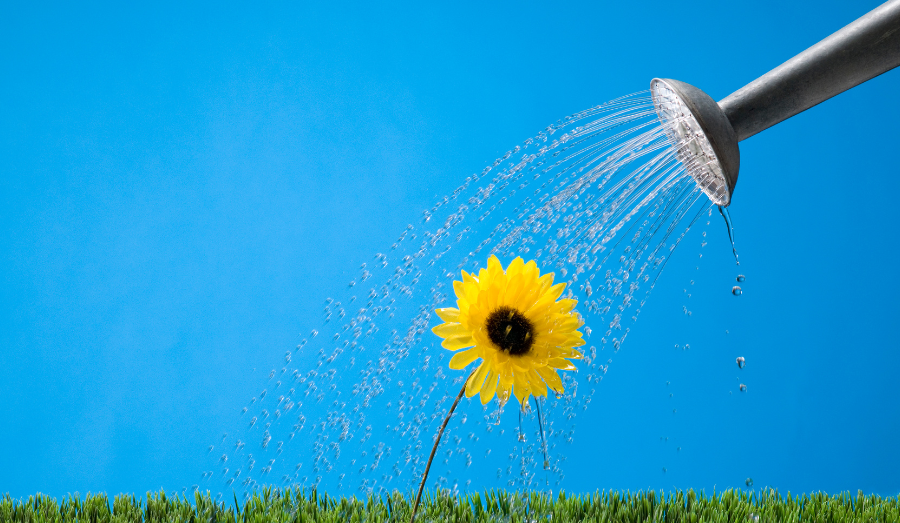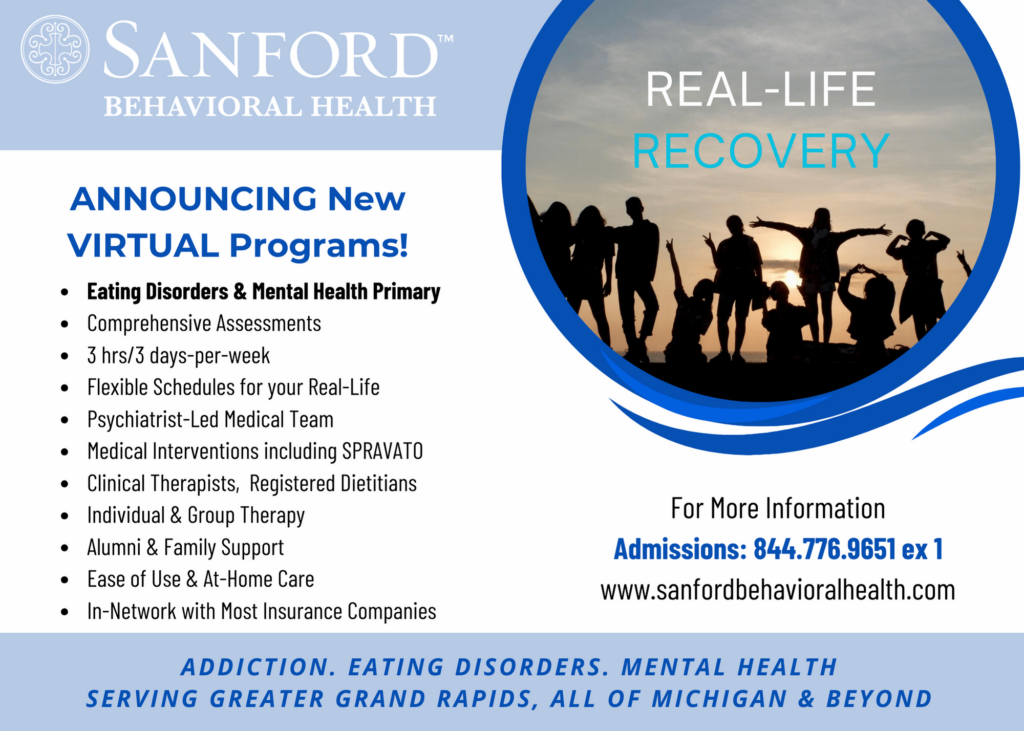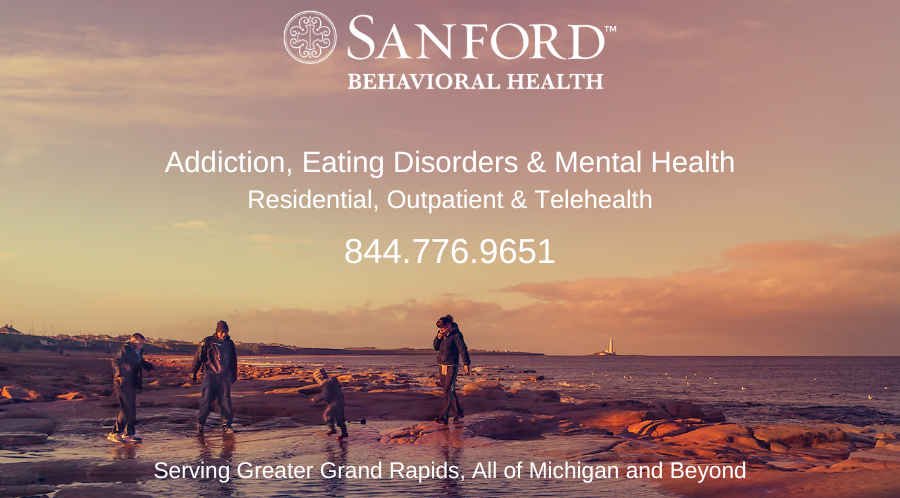Glimmers – the Antidote to Triggers

Glimmers are micro-moments of joy!
I had a friend say to me this weekend, “Everything is hard.” We were talking about technology (the ever-changing virtual landscape triggers her anxiety), but it could apply to almost any subject in the year 2024. There is a reason why 1 in 5 U.S. adults live with a mental illness. As a person in recovery from a substance use disorder who works for Sanford Behavioral Health, I am always looking to share everyday moments of joy to counteract the barrage of negativity and the fact that, indeed, everything is hard.
Glimmers- the Antidote to Triggers
I had just seen an Instagram post about “glimmers,” which inspired me to respond to my friend because her anxiety can mask her many accomplishments, and she rarely takes time to smell the lavender. In the mental health world, we are primed for triggers (sensory reminders that can derail recovery), but often, glimmers are not addressed. Glimmers, a term coined by trauma specialist Deb Dana, LCSW, are small things we notice that bring a sense of calm, connection, peace, and safety.
- Triggers are emotional, environmental, or social situations that evoke negative memories of unresolved trauma and threaten to weaken one’s resolve. Triggers can be internal, such as the feeling of loneliness, or they can also come from external sources, like pushing your grocery cart into the wine aisle or hearing a song that takes you back to another place and time.
- Glimmers are internal or external cues that make you feel happy and safe. Glimmers are not awe-inspiring like a total eclipse of the sun or looking into the Grand Canyon. (Although feeling awed is good for mental health.) They are micro-moments, part of a mindfulness practice that can counteract negativity and brighten an otherwise bad day. Looking for glimmers, like positive thinking, encourages you to notice the good all around you and stay in the present.
Looking for Glimmers in All the Right Places
If you are feeling uninspired, here are some of my favorite places to look for glimmers (although they are unique to each person). The main thing is to be aware of your surroundings and open to the little things. That dandelion peeking out of the crack in the asphalt is a testament to grit and determination! If you share your glimmers with someone else, it promotes connection, conversation, and validation.
Appreciating Nature
I come from a family of nature nerds who use APPs to identify bugs, birds, and plants—the ultimate glimmers. We have a group text to share photos of wonderful oddities or hummingbirds at our feeders. My daughter grows milkweed and cultivates monarch butterflies. I watch at least one sunrise and sunset a week. Spending time in nature kept my psyche intact during the pandemic. An autumn leaf, a spider’s web, and a bird building a nest are reminders that life goes on. Things are not all bad.
Loving a Baby or a Pet
There is no denying the pure happiness of watching a dog run unabashedly. Taking care of a pet can help you get outside of yourself and your problems. Human babies are the ultimate harbinger of hope. Spending time with innocents reminds you to appreciate life’s pleasures. A popsicle on a hot day or splashing in puddles when it rains can make you feel brand new.
Enjoying your Food
There are plenty of glimmers in the smell of freshly baked bread or picking a sprig of basil from the garden and adding it to a meal you are preparing. And gardening can bring small but mighty moments of joy as you watch your tomatoes ripen.
Taking Care of Yourself
Remember the soft blanket with the cool satin edge you had as a child? Children develop attachments to “blankies” because they make them feel safe. Try wrapping yourself in a furry blanket. Lay back in a reclining chair, get a facial, and take a bubble bath. Go outside, close your eyes, and hold your face up to the sun.
Therapeutic Alliance with Sanford Behavioral Health
At Sanford Behavioral Health, our evidence-based programs include traditional therapies as well as recreational therapy, art and movement therapy, and robust excursions in the community. Movement therapies can help individuals reclaim body access and body awareness after abuse. Our outpatient and virtual programs instill individualized tools to process traumatic experiences, especially during childhood. Trauma can cause behavioral and chronic physical health conditions. Addiction, eating disorders, and mental health conditions have also been linked to trauma. At Sanford Behavioral Health, our clinicians understand the importance of addressing trauma and the challenges faced by individuals in our care. For this reason, our Residential and Outpatient Programs include materials and tools to help our clients process the past and live full-throttle in the now. Bring on the glimmers!
For Additional Reading:
Awe Walks for Mental Health

Studies show that with the right outlook (and a bit of practice), one can experience wonder in almost any place. Awe has two important components: physical immensity and novelty. [Read More]
A New Look at 10 Addiction Relapse Triggers
Rainy Sundays were “drinking days,” and the sight of alcohol is an emotional trigger telling you to BUY ME and DRINK ME. [Read More]
Happiness in Recovery – Reset Your Day
Here is a revelatory thought: A person can reset at any time throughout the day. It’s never too late to start over; it’s never too late to decide to have a good day. We are allowed to feel pleasure amid pain because feelings aren’t fixed. Funks aren’t permanent. [Read More]
If you or a loved one is struggling with addiction, eating disorders, or co-occurring mental health conditions, don’t wait to change your life – click the link below to speak with an admissions specialist about our programs.






